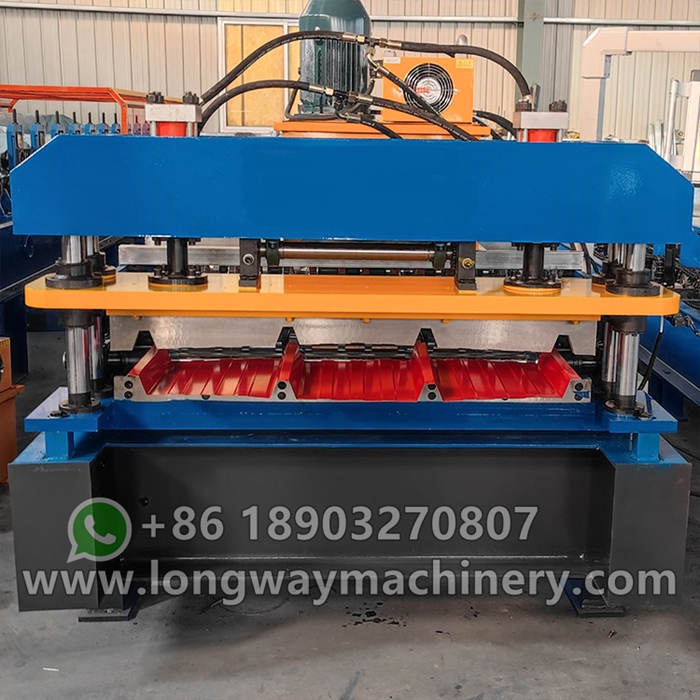Sheet Metal Embossing Equipment for Precision Manufacturing and Design
The Journey of Sheet Metal Embossing Machines
Sheet metal embossing machines play a pivotal role in the manufacturing and fabrication industries, providing an efficient and precise method for creating intricate designs on metal sheets. These machines have revolutionized the way products are designed and produced, leading to enhanced aesthetics and functionality in various applications.
At its core, embossing is a process that involves creating raised designs or patterns on a metal surface. This is achieved by applying pressure to the metal sheet through specially designed dies, which can produce everything from simple shapes to complex, detailed graphics. The versatility and adaptability of sheet metal embossing machines make them essential tools in many sectors, including automotive, aerospace, and consumer goods.
One of the significant advantages of using sheet metal embossing machines is the ability to enhance the strength and rigidity of metal sheets. The embossing process can improve the structural integrity of components, allowing for thinner materials to be used without compromising durability. This not only contributes to cost-effectiveness but also promotes lightweight designs, which are crucial in industries like aerospace and automotive, where weight reduction can lead to increased fuel efficiency.
sheet metal embossing machine

Moreover, embossed metal surfaces often possess enhanced aesthetic appeal. The raised patterns can add a touch of sophistication to everyday products, making them more attractive to consumers. This is particularly relevant in the automotive industry, where embossed features can distinguish a vehicle's exterior and interior design, making it stand out in a crowded market.
Technological advancements have significantly enhanced the capabilities of sheet metal embossing machines. Modern machines are equipped with computer numerical control (CNC) systems, which allow for precise programming and automation. This leads to increased accuracy and repeatability in the embossing process, reducing production errors and waste. Additionally, CNC-enabled machines can quickly switch between different designs, greatly improving flexibility in manufacturing.
Another area where sheet metal embossing machines have made an impact is in sustainability. The embossing process can reduce the amount of material waste compared to other methods, such as stamping or laser cutting. This aligns with the growing trend towards eco-friendly manufacturing practices, as companies strive to minimize their environmental footprint.
In conclusion, sheet metal embossing machines are integral to modern manufacturing, offering a perfect blend of functionality, aesthetic enhancement, and sustainability. As technology continues to evolve, these machines will undoubtedly play an even more critical role in shaping the future of metal fabrication. Their ability to transform flat metal sheets into beautifully embossed products not only meets the demands of various industries but also elevates the role of design in metalworking. Embracing the capabilities of these machines will be essential for manufacturers looking to innovate and stay competitive in today's dynamic market.
-
Roof Panel Machines: Buying Guide, Types, and PricingNewsJul.04, 2025
-
Purlin Machines: Types, Features, and Pricing GuideNewsJul.04, 2025
-
Metal Embossing Machines: Types, Applications, and Buying GuideNewsJul.04, 2025
-
Gutter Machines: Features, Types, and Cost BreakdownNewsJul.04, 2025
-
Cut to Length Line: Overview, Equipment, and Buying GuideNewsJul.04, 2025
-
Auto Stacker: Features, Applications, and Cost BreakdownNewsJul.04, 2025
-
Top Drywall Profile Machine Models for SaleNewsJun.05, 2025








